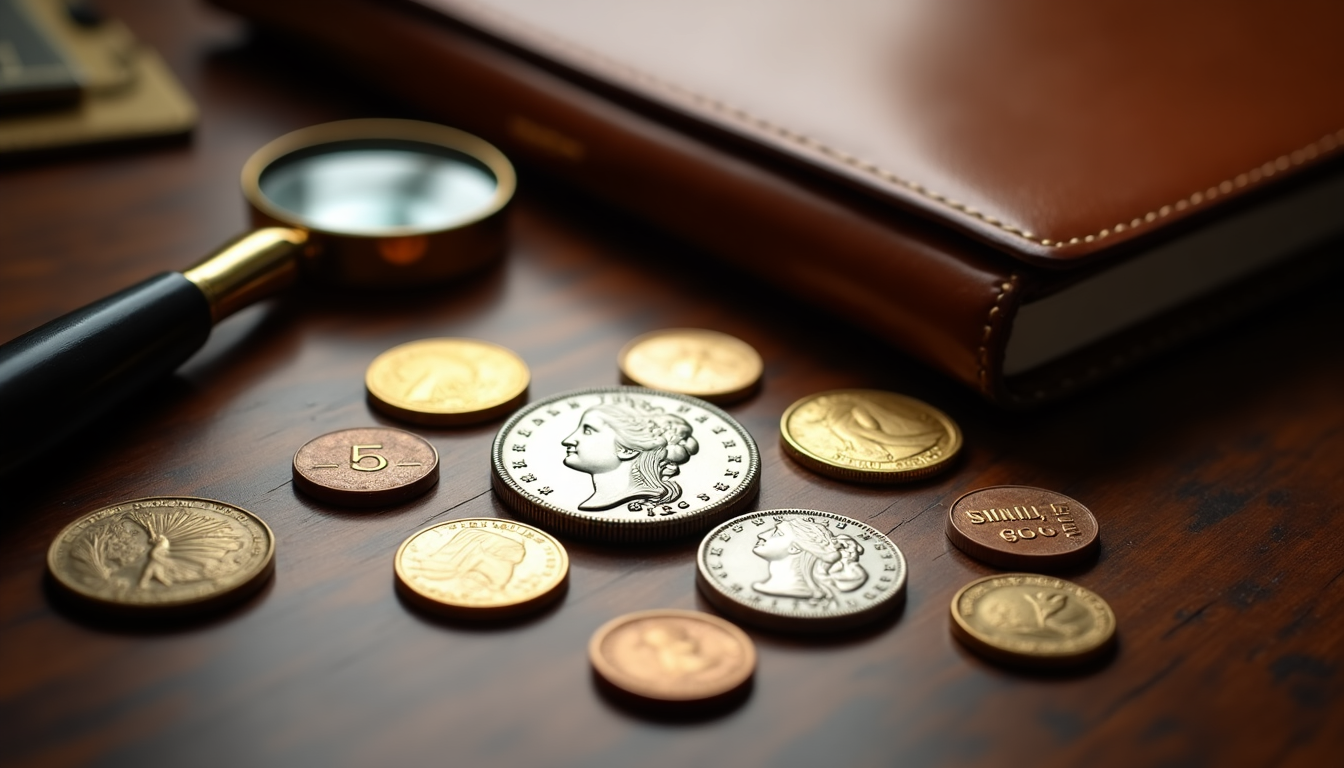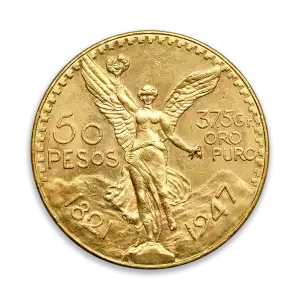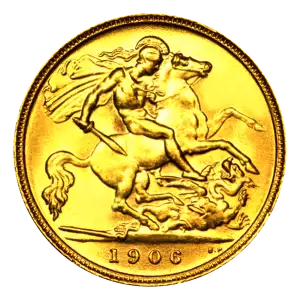
What were some of the earliest techniques used to mint coins, and how have they changed over time?
The earliest known coins were produced in the Kingdom of Lydia in present-day western Turkey around the 7th century BCE. These coins were made from a naturally occurring alloy of gold and silver called electrum and were struck with simple dies. The process of producing coins involved heating the metal until it was molten, pouring it into a mold, and then striking it with a hammer or die to create the desired design.
Over time, various civilizations and cultures developed more sophisticated techniques for producing coins. The ancient Greeks, for example, developed the use of minting presses, which allowed them to produce coins more quickly and with greater precision. In the Middle Ages, European mints began using rolling mills and coining presses, which allowed them to produce coins with a more consistent size and weight.
In the modern era, coin production has been revolutionized by advances in technology, such as the use of automated minting machines and computer-aided design. Today, coins are typically produced using highly precise machinery and specialized techniques, such as planchet preparation, blanking, upsetting, and coining. The materials used to make coins have also changed over time, with modern coins often being made from metals such as copper, nickel, and brass, in addition to gold and silver.
How have advances in materials and manufacturing technology affected the production of coins?
Advances in materials and manufacturing technology have had a significant impact on the production of coins over time. Some of the keyways in which these advances have affected coin production include:
Improved materials: The materials used to produce coins have changed significantly over time, with advances in metallurgy allowing for the use of new and more durable alloys. In the modern era, coins are often made from metals such as copper, nickel, and brass, in addition to traditional materials like gold and silver.
Increased precision: The use of advanced manufacturing techniques has allowed to produce coins with greater precision and consistency. For example, the use of minting presses and automated coining machines has made it possible to produce coins with precise size, weight, and design specifications.
Enhanced design capabilities: The development of computer-aided design has made it possible to create more complex and detailed coin designs. This has allowed for the production of coins with intricate artwork and multiple colors, which was not possible using traditional manufacturing techniques.
Increased efficiency: Advances in manufacturing technology have also made it possible to produce coins more quickly and efficiently. This has allowed for the production of larger quantities of coins in a shorter period of time, which has helped to meet the demand for currency in many countries.
What are some interesting examples of experimental or unusual coin minting techniques that have been tried in different times and places?
There have been a number of experimental or unusual coin minting techniques that have been tried by different cultures throughout history. Some examples of these techniques include:
Punchmarked coins: In ancient India, coins were produced by punching marks into metal blanks using a set of dies. The marks could be made in various shapes and patterns, and were used to identify the issuing authority and the metal content of the coin.
Cast coins: Many ancient cultures produced coins by casting them in molds rather than striking them with dies. This method was used by the ancient Chinese, Greeks, and Romans, among others.
Milled coins: During the Middle Ages, European mints began using rolling mills and coining presses to produce coins with a more consistent size and weight. These machines were used to impress patterns or designs onto the coin blanks, creating a ridged or "milled" edge.
Machine-struck coins: In the modern era, advances in manufacturing technology have made it possible to produce coins using automated minting machines. These machines can strike coins with a high level of precision and can be used to produce large quantities of coins quickly.
Polymer banknotes: Some countries, such as Australia, have experimented with using polymer rather than paper for their banknotes. Polymer notes are more durable and resistant to wear and tear, and can also include security features such as holograms and watermarks.







